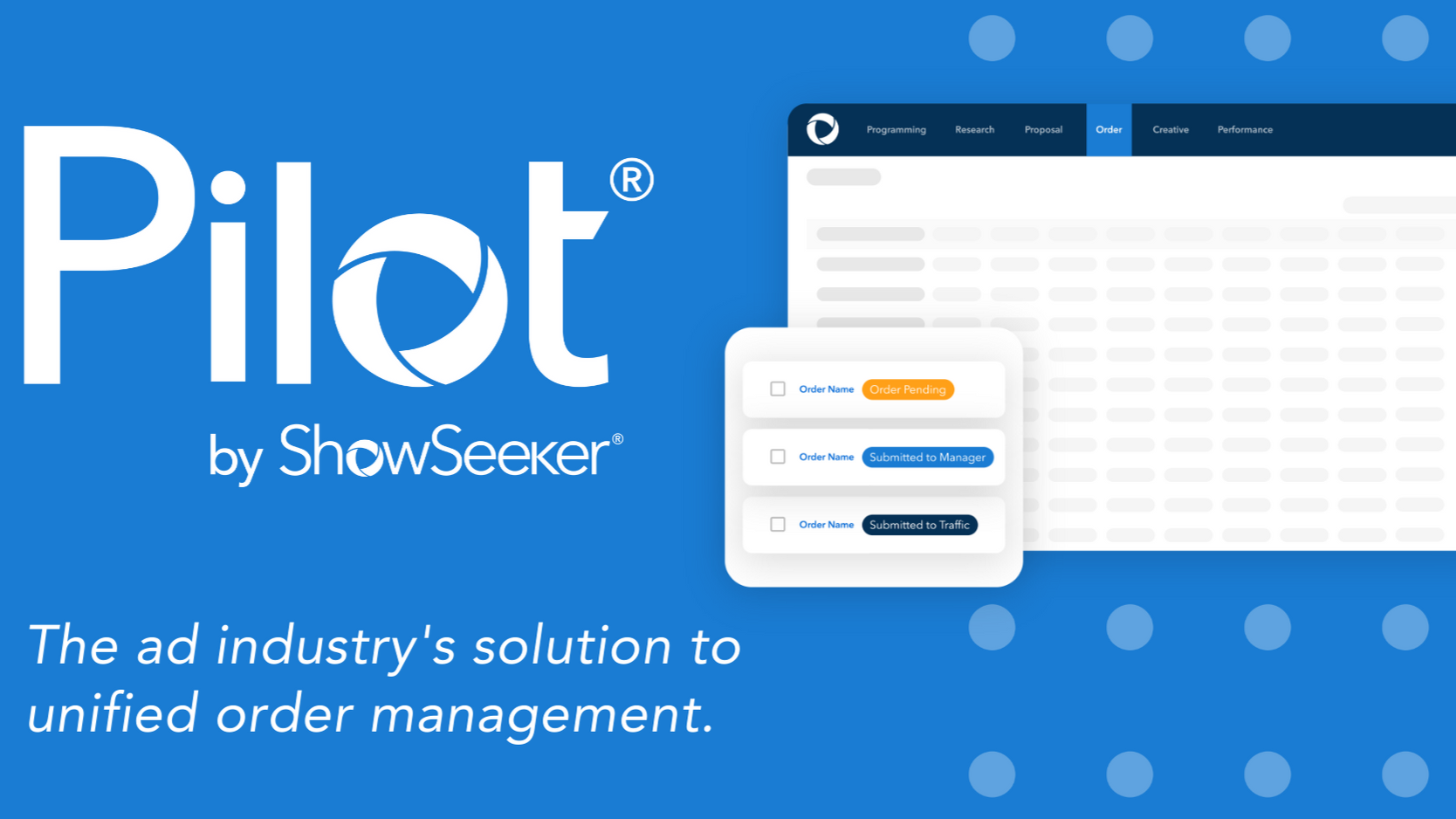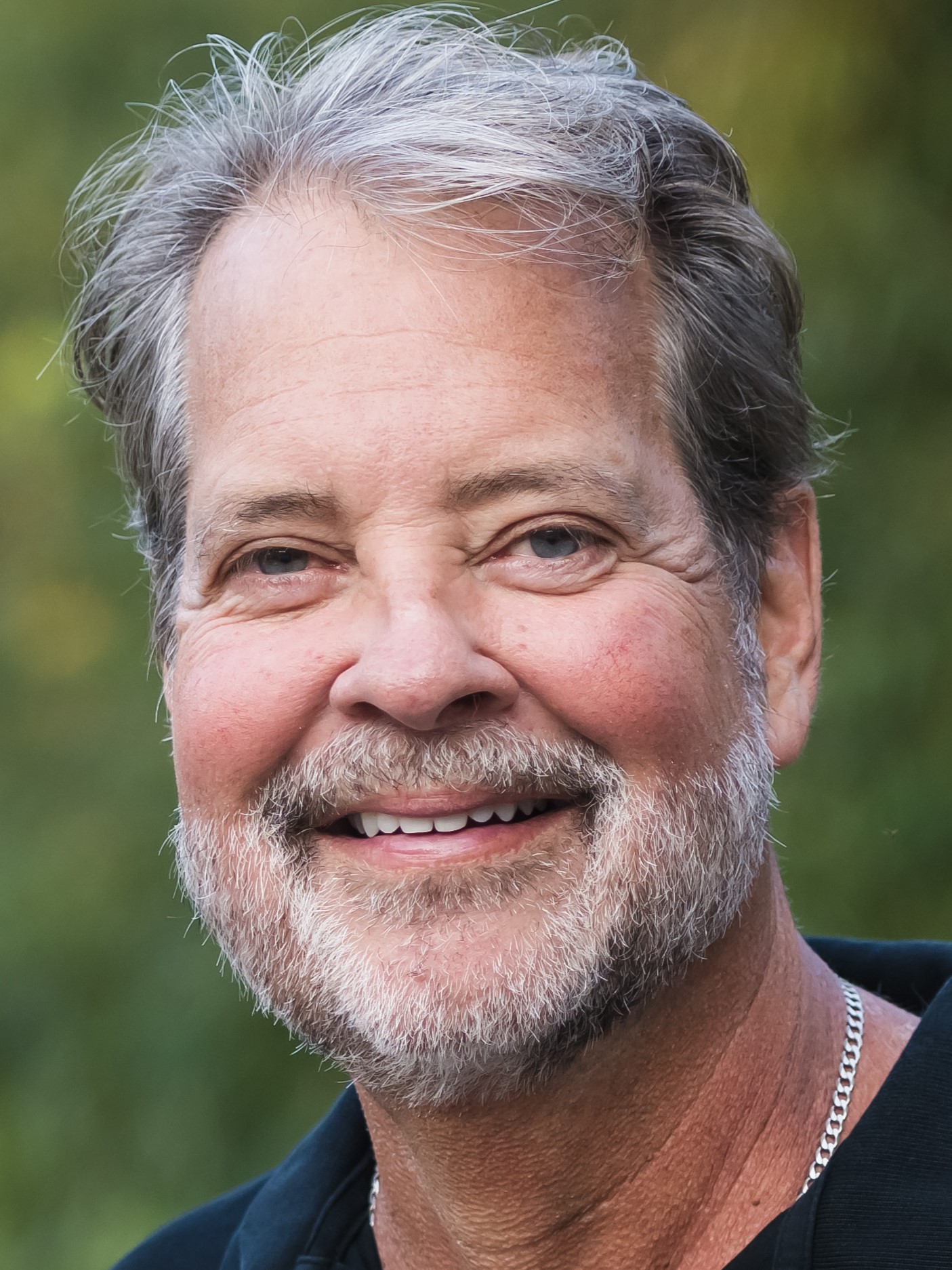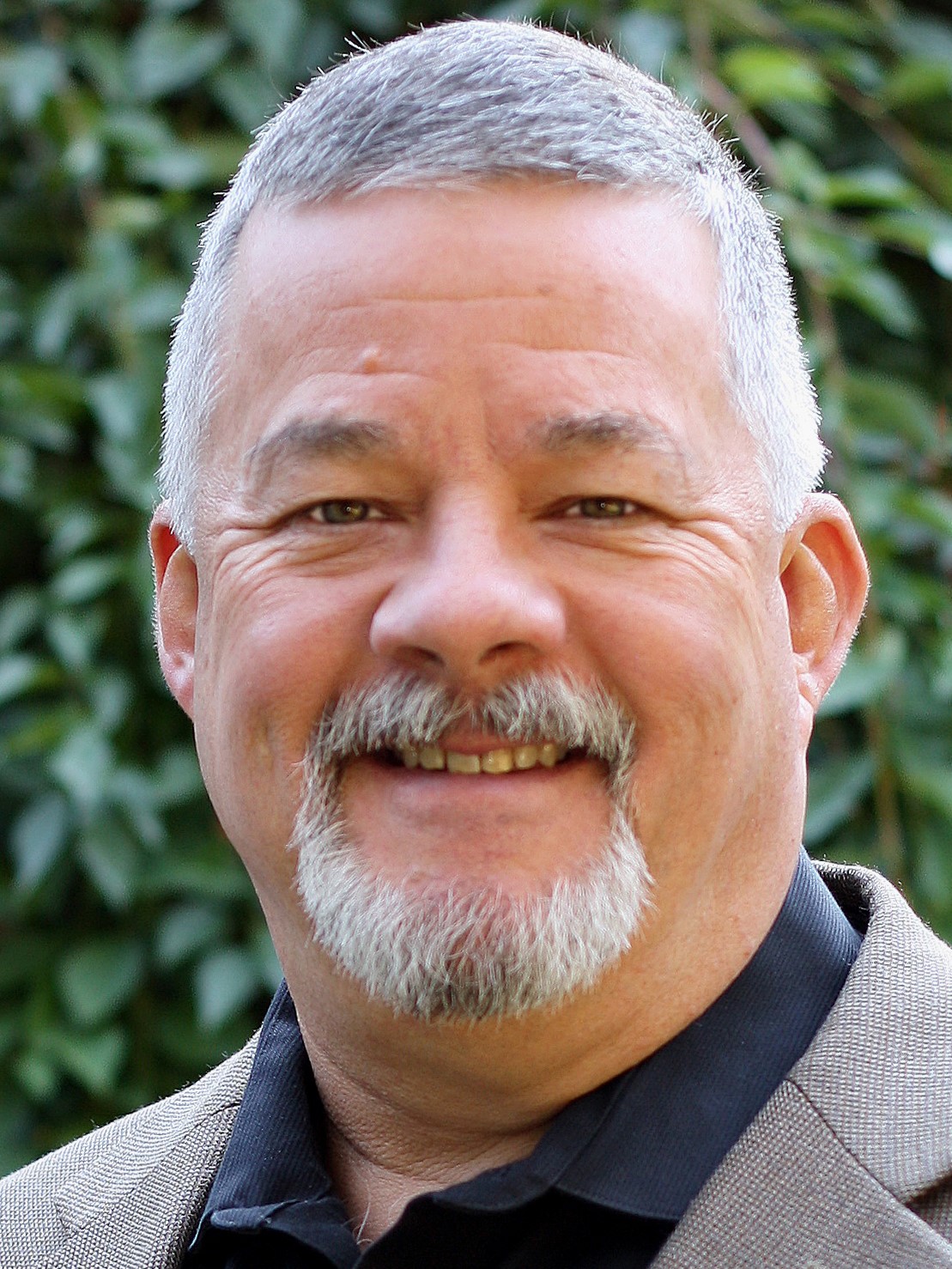Charter Becomes Largest MSO To Adopt ShowSeeker’s Pilot for Ad-Order Management
System surfaces content for monetization and creates single order for converged sales

With the TV industry in transition between traditional and digital advertising, and sellers scrambling to make their revenue goals in a tough economy, it might seem difficult to get too excited about a new order management system.
But Charter Communications, one of the nation’s largest cable operators, has installed a customized version of ShowSeeker’s new Pilot cloud-based system, and expects it to have a positive effect on its sales staff and clients and perhaps become an industry standard.
Charter’s ad-sales unit, Spectrum Reach, has deployed Pilot to handle order management starting with traditional linear schedules in the 91 markets in 36 states it does business in. In just a short time, the Spectrum Reach sales team has used Pilot to generate 290,000 orders for its local, regional and national clients.
“What it does is make us better at mining that existing pool of audience that we’ve had all along,” Chris Faw, senior VP of operations at Spectrum Reach, told Broadcasting+Cable. “The key is unlocking it and making it more accessible. So the result is more salable, usable inventory.”

Nationwide, Charter has about 60,000 linear channels that it sells against every day.
“If we can get a 1% or 2% efficiency lift and access more inventory, it creates a huge opportunity for us,” Faw said.
While Spectrum Reach is using Pilot now for linear advertising, Faw sees it helping sell converged campaigns.
Broadcasting & Cable Newsletter
The smarter way to stay on top of broadcasting and cable industry. Sign up below
"We're very bullish on convergence and one-stop shopping and trying to create one order,” Faw said. “If we have a tool like ShowSeeker I think we can do those types of things. We’ve got a very pliable, very responsive vendor who can go with us as we converge and go to more of a audience-based sell."
Faw said he would hope that Pilot becomes a standard for other cable operators.
“The more we can create a look and feel for our shared customers, the more they’ll come to us. It won’t seem like they have to do one thing for us and one thing for somebody else,” he said. “So I hope it gets adopted widely.”
ShowSeeker launched Pilot in July. The company, which takes pride in its relative anonymity, has been working to help cable operators better identify relevant inventory since it was started in 2003.
The company worked with several cable TV operators to develop Pilot. Over the past year, Pilot has generated more than 385,000 proposals, resulting in 327,000 executed orders worth about $2.6 billion.
But Charter is the largest company ShowSeeker has worked with — and that’s a big deal for ShowSeeker and possibly for the industry.
“Not a lot of people get up in the morning and say, ‘Geez, I'd like to change my order management system,’ ” ShowSeeker founder and CEO Dave Hardy said.
“Chris has been a visionary guy for a long time in this industry and he knew that they needed to modernize the back end and they needed to get the process improved,” Hardy said. "The tools were old and just needed to be redone. I think it’s going to be a huge game-changer for them.”
It will also be a game-changer for ShowSeeker.
"We have other MVPDs who are currently on the Pilot platform, but Spectrum is a banner. This is validation that they like what we’re doing and will help us open doors in the future,” Hardy said.
ShowSeeker worked closely with Spectrum Reach to tailor Pilot to its specifications.
“It was hard,“ ShowSeeker VP, strategic partnerships Jeff Blaszak said. “It makes it real that we can work with one of the largest MVPDs in the space. It makes the pathway much easier for the next set of MVPDs that come along.”
Pilot’s cloud-based architecture makes it more customizable, flexible and efficient than the hardware-based legacy systems it competes against.
It also cuts down on the work that sales executives have to do to assemble and execute campaigns for clients.
Hardy said some clients have reported that ShowSeeker was able to cut the time they worked on each order by 20 minutes by automating the revision process.
“We permit them to work on things, other things that matter for them,” Hardy said. “Let's face it, the ad business is not getting any easier out there. And, you know, getting revenue to the bottom line is the important thing for all these folks.”

Faw said Pilot made finding appropriate inventory easier to find, whether it's movies with motorcycles or sports involving Alabama.
“We just have so many opportunities and they really distilled it down and made it simple and intuitive and searchable,” Faw said. “We are better partners because we're not stuck in the back room. Quality time with our sales folks is always valuable and we think results in more investments in our products.”
Faw added that Showseeker has been extremely responsive when it comes to making changes in the system, with two-week turnarounds in some cases.
Pilot also works well with the dozens of other yield management and ad-packaging systems Spectrum Reach uses. Data from other systems are easily imported into Pilot and vice versa.
“We’re the nicest kid in the sandbox,” Hardy joked.
Pilot enables cable operators to create unified orders, combining linear, digital and streaming and different rate cards.
Pilot can also take an order from proposal to performance.
“Those are game changers for the MVPD space where as we change as we migrate to different types of ad selling, they need the option to be able to create orders that can encompass all of those different types of ad units,” Hardy said.
Pilot might not limit itself to cable. Broadcasters and streamers might also be future customers.
“Some of the same things that could be improved that we did for the cable industry can be in other industries,” Hardy says. “What we're solving today for MVPDs probably applies to many different folks.”
That would be more growth for ShowSeeker, which now has about 70 people spread out over a dozen states and a dozen countries on four continents.
The company has been self-funded and is looking to keep it that way.
“We are a company who is very conservative with our cash,” Hardy said. “While we have a great cash position, we need that, because we want to have the stability to be able to make changes and to invest into new technologies without having to go out and, and get a financial partner.
“I've seen many companies kind of get ruined by taking on capital and getting confused on what their mission is,” Hardy said. “We have no confusion about what our mission is. We're very clear-eyed about that.”
Jon has been business editor of Broadcasting+Cable since 2010. He focuses on revenue-generating activities, including advertising and distribution, as well as executive intrigue and merger and acquisition activity. Just about any story is fair game, if a dollar sign can make its way into the article. Before B+C, Jon covered the industry for TVWeek, Cable World, Electronic Media, Advertising Age and The New York Post. A native New Yorker, Jon is hiding in plain sight in the suburbs of Chicago.

